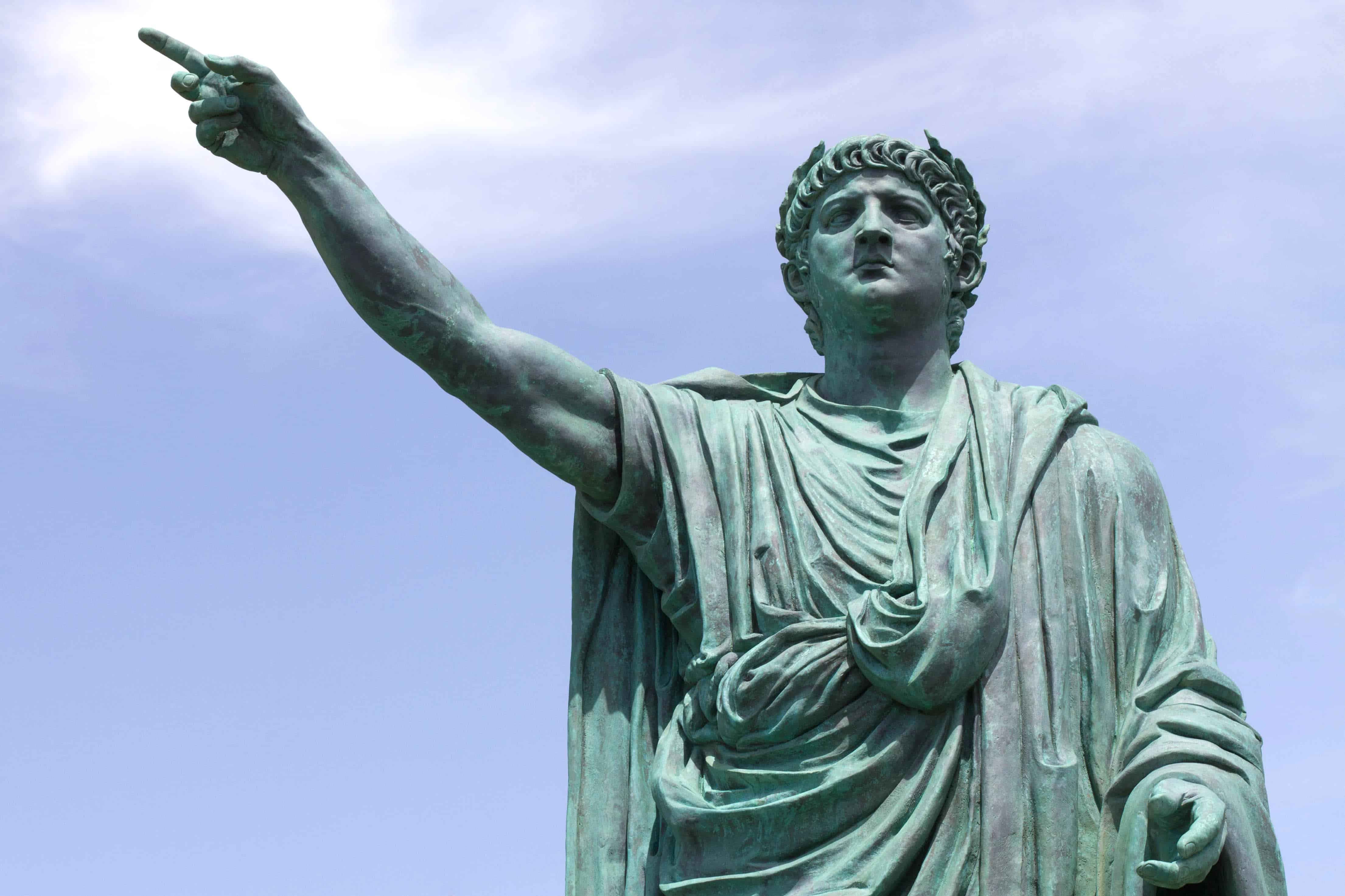When you picture ancient Rome, you probably imagine a slightly stuffy world of philosophers, emperors, slaves, and gladiators. Dramatic depictions of the Roman Empire focus on those tropes, and for good reason—if films showed ancient Romans writing graffiti, fighting giraffes, and drinking goat dung, you wouldn’t believe them.
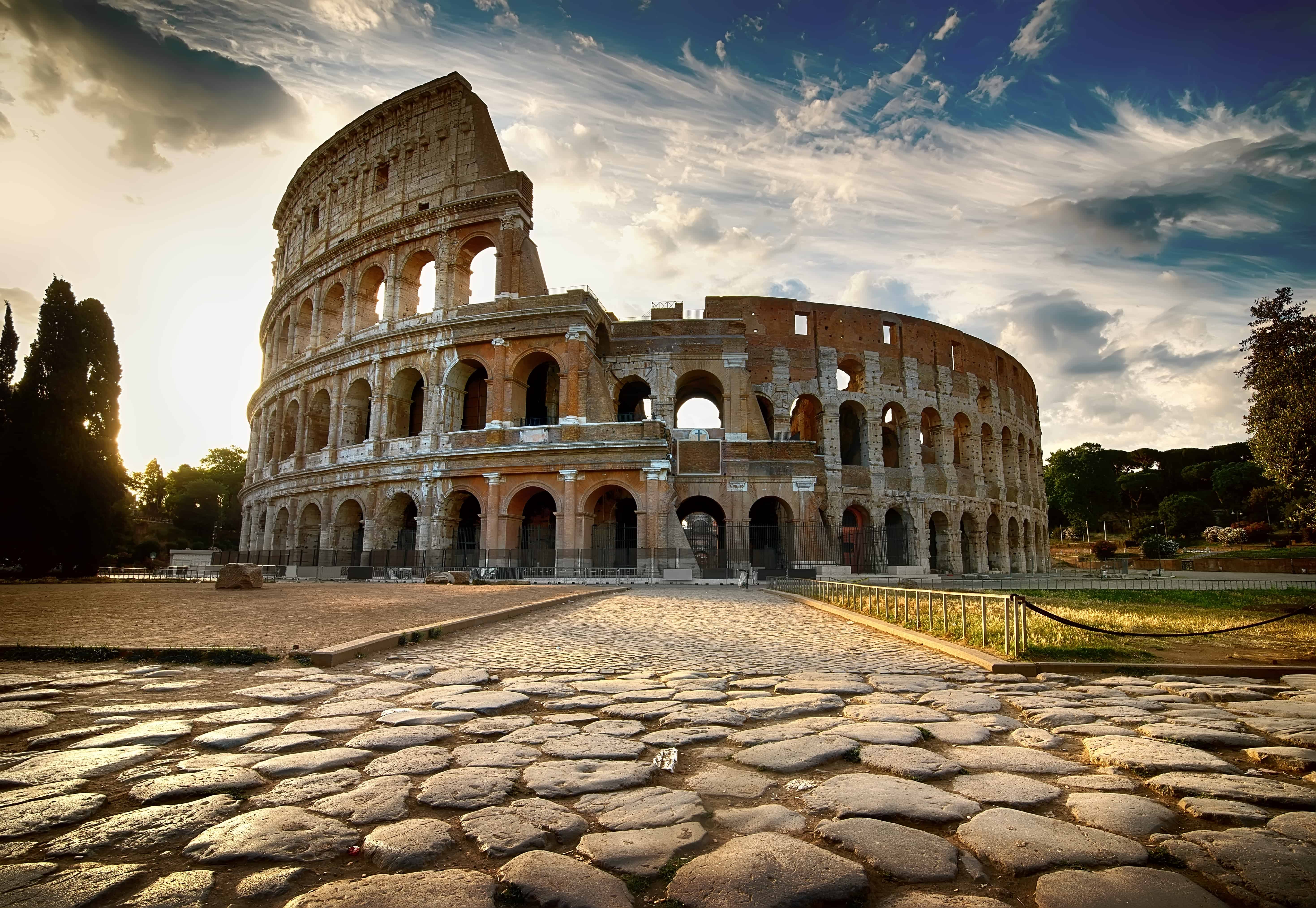
Of course, the truth is often stranger than fiction. While they were building the foundations of Western civilization, the Romans were doing some pretty bizarre stuff. We decided to look into some of the weirdest aspects of ancient Roman life, and we really, really weren’t prepared for all of the goat dung—and relatability.
1. The ancient Romans had social media.
While the people of ancient Rome didn’t have Twitter, per se, they did have graffiti. “Writing on someone’s wall” was a little more literal back then, but no less commonplace, and some of the messages from the time are remarkably similar to the things you’d find on the internet today.
Eventually, it will dawn on people that Roman graffiti was social media. #NothingToSeeHereMoveAlong
— Mark Pesce #GetAJab 💉💉 #WearAMask 😷 (@mpesce) March 6, 2011
We know, by the way, thanks to the eruption of Vesuvius in 79 A.D., which annihilated the population of Pompeii while perfectly preserving some of the city’s walls. At long last, we can read the wise words of Roman commoners, such as:
“Secundus defecated here.”
Okay, maybe “wise” isn’t the right term. Some of the other messages, per The Daily Beast:
“Onesimus greets Secundus, his brother.”
“Secundus sends very many and perpetual greetings to Onesimus.”
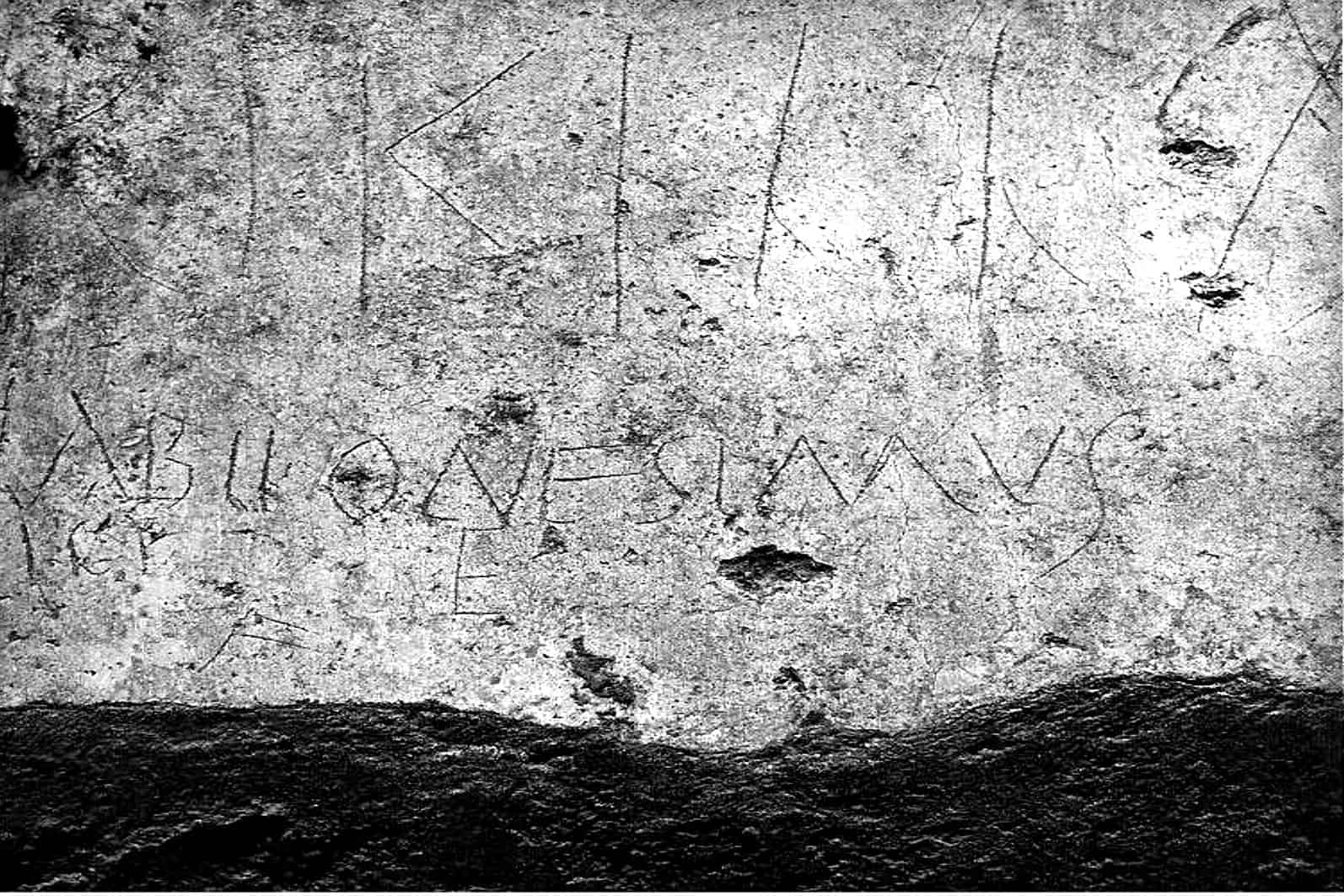
That’s much nicer than this next exchange, which was basically an early version of Twitter drama:
“Successus, a weaver, loves the innkeeper’s slave girl named Iris. She, however, does not love him. His rival wrote this. Bye, loser!”
The response:
“Envious one, why do you get in the way? Submit to a handsomer man who is being treated very wrongly and is darn good-looking.”
That’s the 79 A.D. equivalent of saying “don’t @ me.”
People also drew pictures, including images of people with severe deformities that were apparently intended to be humorous. Oh, and ancient Romans complained about restaurants, bioarcheologist Kristina Kilgrove wrote for Forbes, so they basically had Yelp. Sorry, Al Gore, but these people invented the internet.
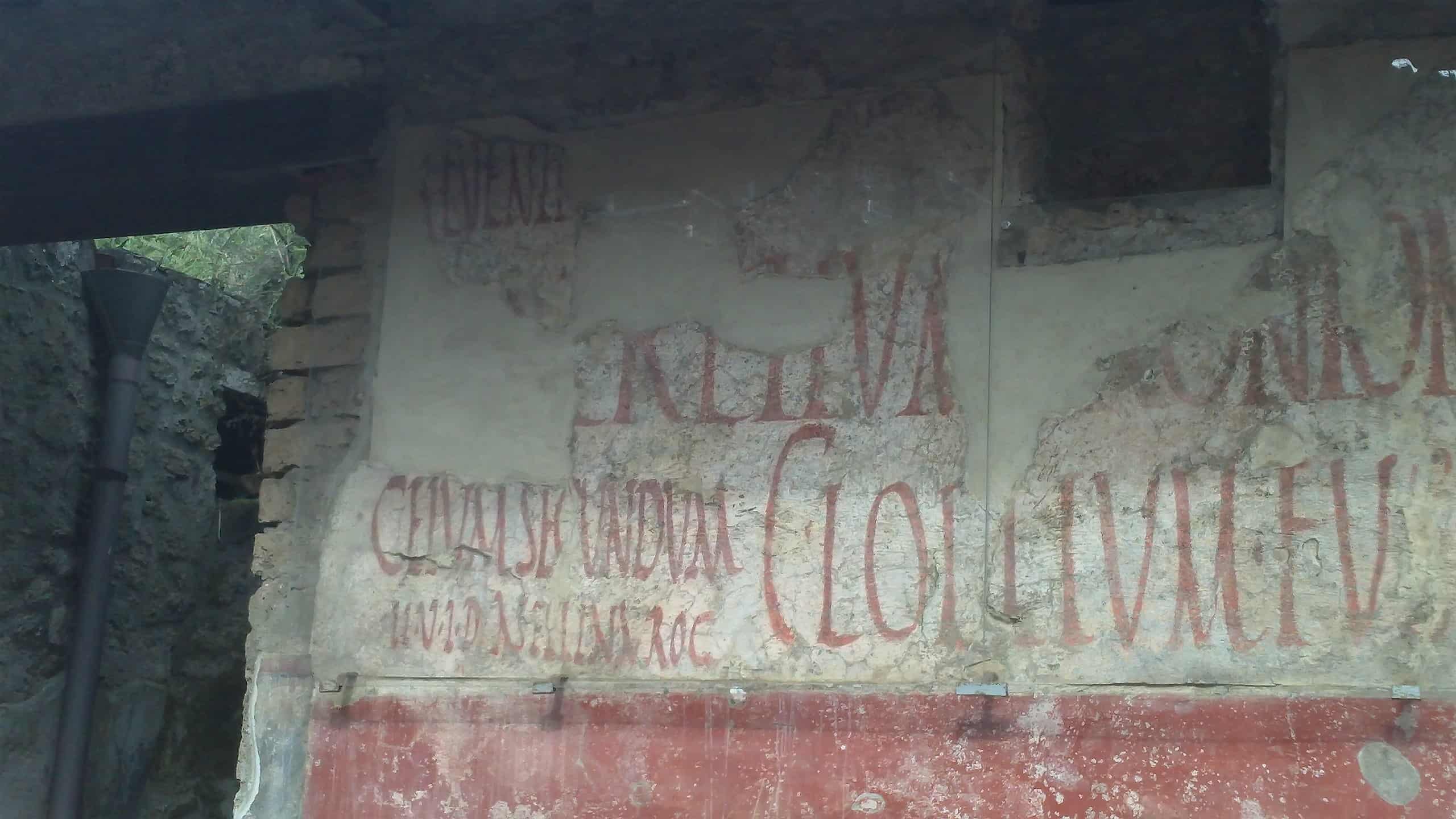
We’re not sure whether the ancient Romans had clickbait, but we wouldn’t be surprised if an archaeologist finds some graffiti reading, “Tiberius’s wife dishes on divorce and new beau, Gaius. Read the other side of this wall for the shocking details!”
2. Professional athletes and poets might have endorsed businesses.
Contrary to popular belief, the most famous gladiators were well-paid celebrity athletes, not slaves. Naturally, they made great spokespersons, and they might have occasionally endorsed products, according to classics professor Monica Cyrino’s Gladiator and Contemporary American Society.
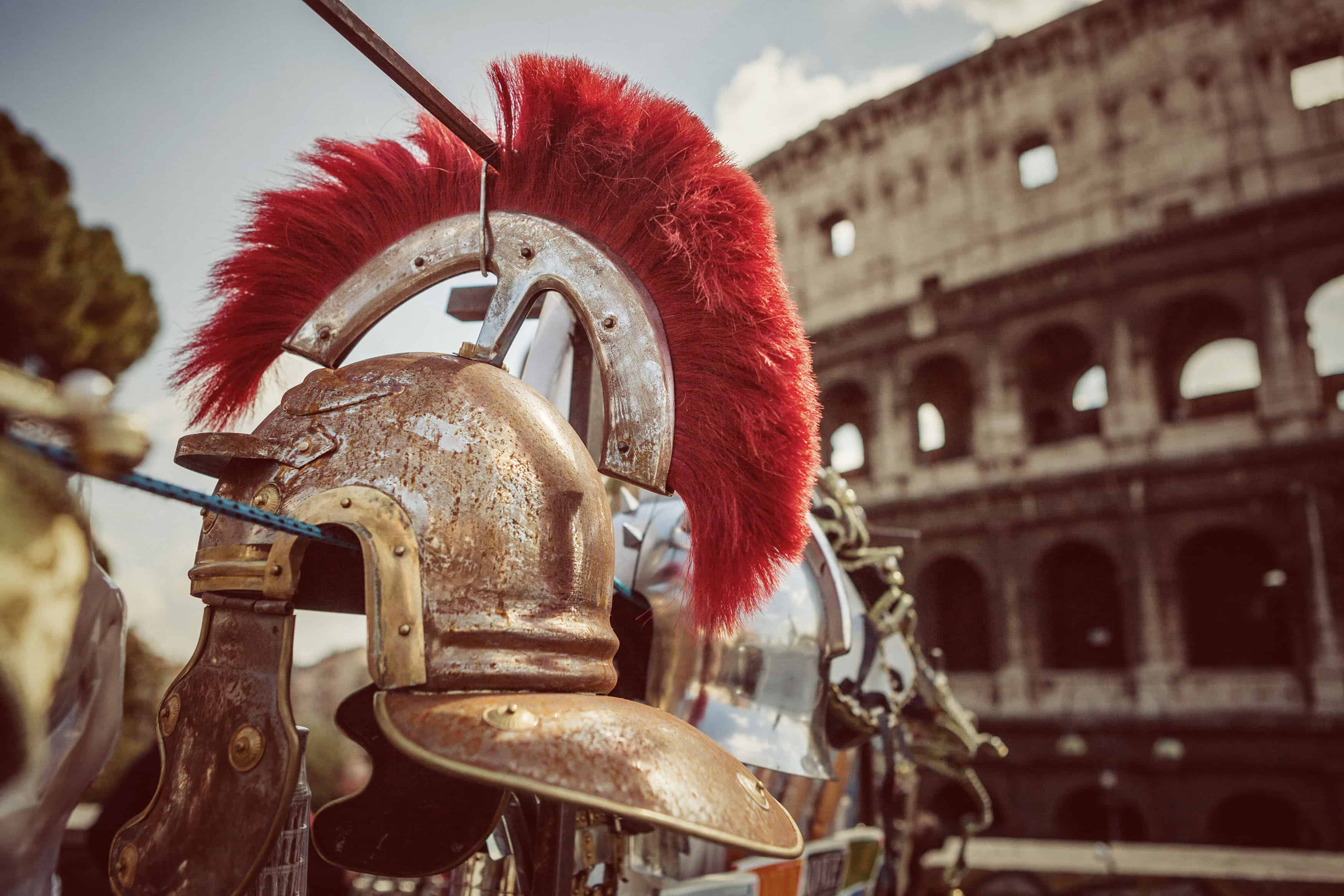
Cyrino noted that the filmmakers behind the 2000 hit Gladiator originally planned a scene in which a gladiator publicly endorses olive oil, but the scene was scrapped when audiences wouldn’t believe it as authentic. Her book claims that we know about the real-life endorsements thanks to graffiti and frescoes.
We emailed Cyrino for this piece, but she was traveling and didn’t have access to her notes for that book; as she’s a scholar of film representations of the ancient world, rather than a scholar of Roman history, we’d take the claim with a grain of salt. While gladiators might have occasionally made endorsements, they likely made most of their fortunes with their blood.
With that said, we do know that the ancient Romans advertised frequently in newspapers and public forums. The poet Martial was known to include “reading notices” in his works that refer to particular businesses, and modern historians believe (link opens a PDF) that Martial had a financial interest in the places he was mentioning.

In a sense, Romans also had billboards—or flyers, at least. The aforementioned graffiti from Pompeii showed that the people of the city promoted events and businesses on the walls of their cities. In fact, advertising was common enough in Pompeii to prompt one visitor to write this ironic note:
“Many men wrote many things here: I alone wrote nothing.”
Way to stick it to the man, anonymous ancient Roman guy.
3. The ancient Romans had energy drinks (but you probably wouldn’t want to try them).
Charioteers didn’t have Gatorade, exactly, but they did have a sort of Goat-ade. Made with goat dung and an “equal quantity of milk,” it was said to be restorative after a long day of being pulled around by a bunch of horses. We haven’t tried it, but we imagine a big glass of goat excrement would wake a person up pretty effectively.

Alternate recipes called for the goat droppings to be melted, fresh, and sweetened with honey and grapes, which sounds slightly more palatable. Pliny the Elder claimed that emperor Nero drank the concoction “to be refreshed,” which might not be the best endorsement since Nero was famously insane (although there’s a debate among modern historians whether reports of Nero’s madness were overstated).
If you’re not into the whole “drinking goat dung” thing, you might try one of Pliny the Elder’s other drinks for melancholy and lethargy:
“Calves’ dung … is a very useful remedy. Persons are aroused from lethargy by applying to the nostrils the callosities from an ass’s legs steeped in vinegar, or the fumes of burnt goats’ horns or hair, or by the application of a wild boar’s liver: a remedy which is also used for confirmed drowsiness. …Some writers, too, have stated that ashes of burnt swine’s dung are very useful … as also the lights of a deer, a spitter deer in particular, smoke-dried.”
Or you could just take a nap. We’d probably go with the nap.
4. Public toilets were terrifying.
Let’s not take anything away from the Romans: By developing toilets, sewers, and running water, they were far ahead of most of the other ancient civilizations (at least in terms of plumbing). Rome’s enormous sewer system, Cloaca Maxima, was an incredibly innovative structure, and more importantly, its name is hilarious to anyone with even a passing interest in bird anatomy.

However, archaeologists now believe that the Roman sewer system didn’t do anything to reduce parasitic infections, so ancient Romans had the same chances of contracting whipworms and roundworms as anyone else. Likewise, while the Romans famously bathed regularly in public baths, they still suffered from “fleas, head lice, body lice, … and bed bugs,” per a paper published in the journal Parasitology. The authors make the case that Roman baths actually made people less safe by providing an ideal breeding ground for parasites.
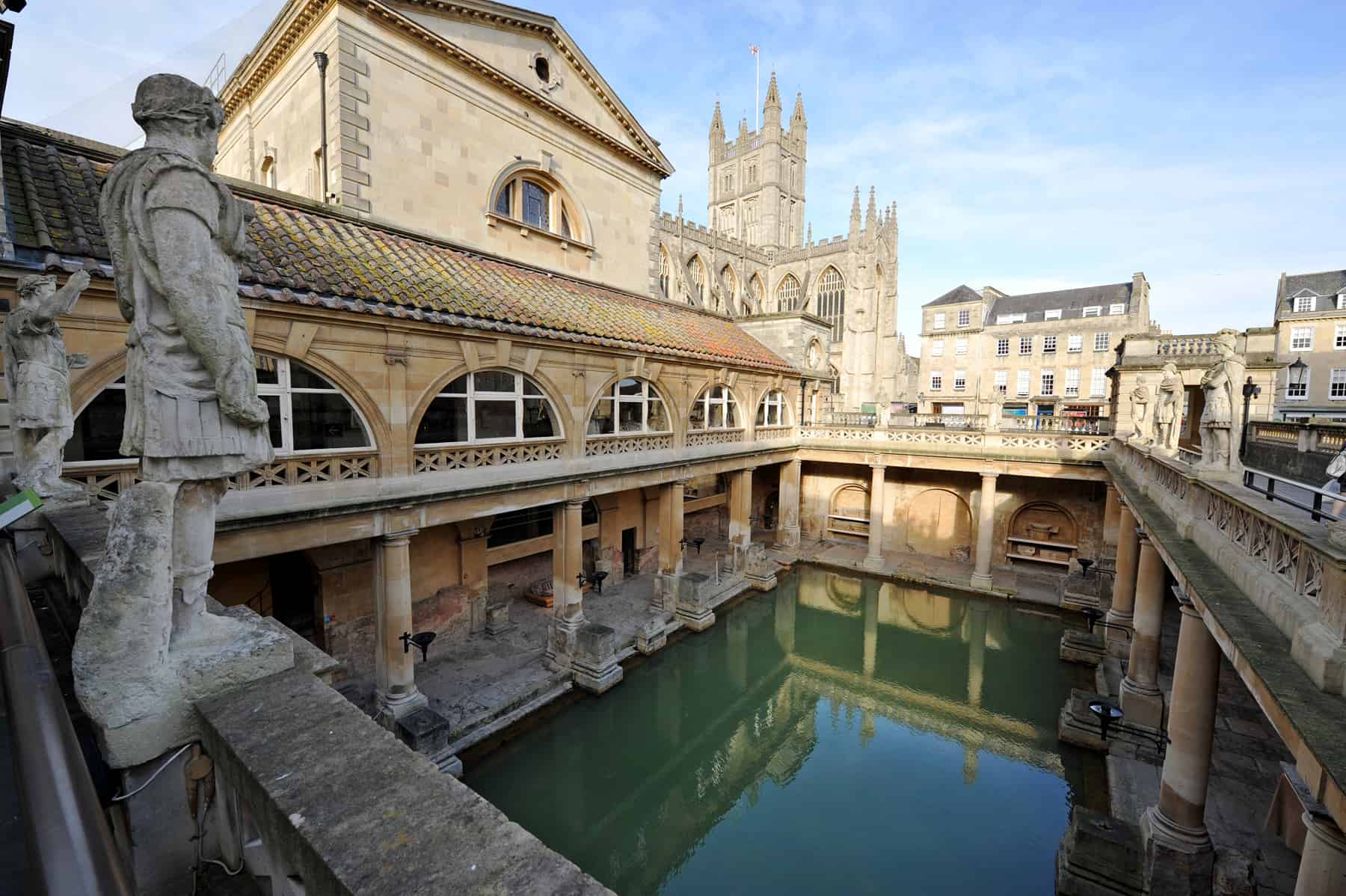
Parasites weren’t the only dangers. While using public toilets, Romans also had to deal with rats (which would apparently bite some people as they sat over the sewers) and the occasional methane explosion. When they were finished, ahem, using the toilet, they’d use a shared communal sponge, which likely promoted the spread of diseases like cholera and typhoid.
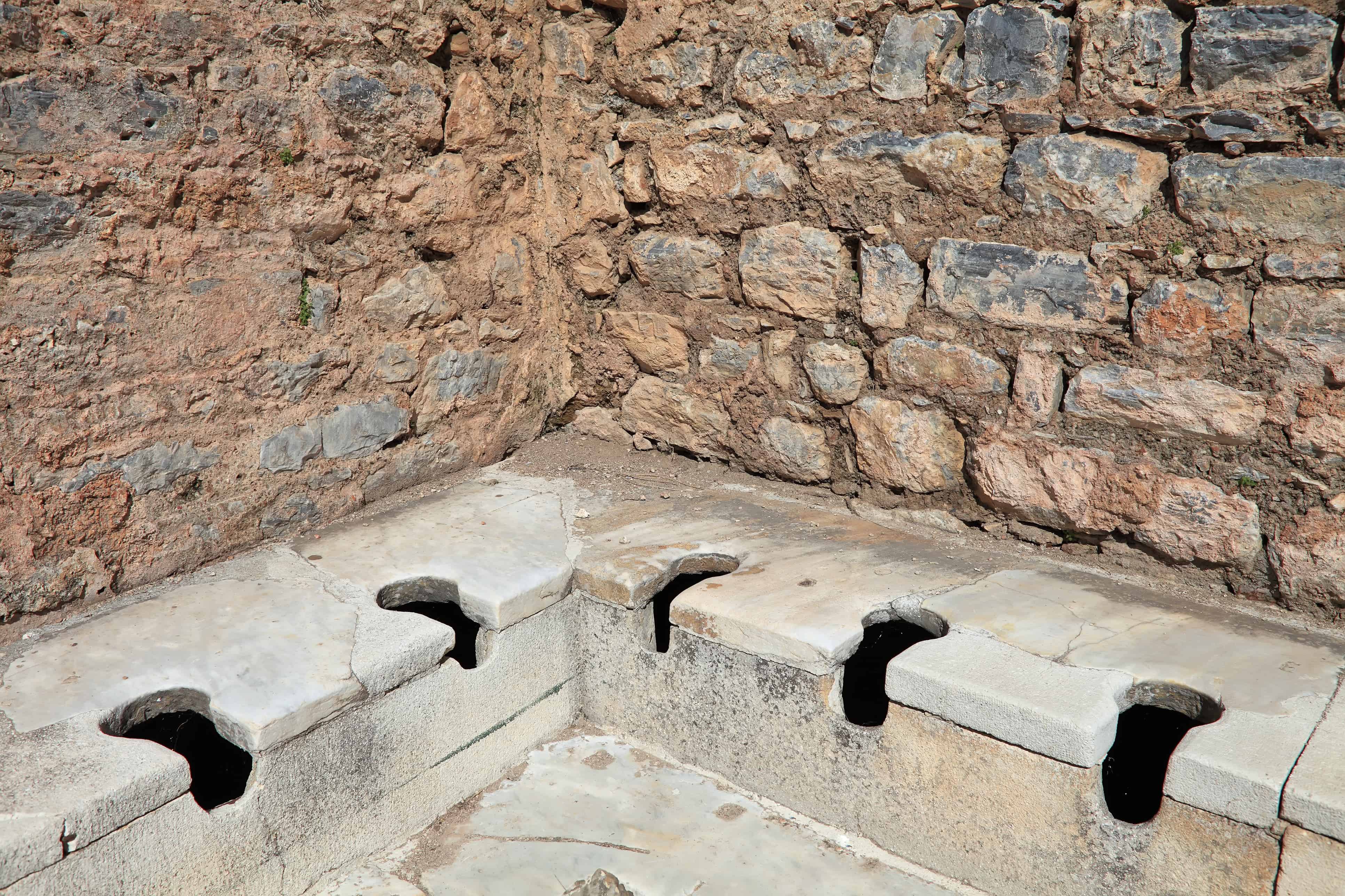
“Like public toilets today, [Roman toilets] are convenient if you need them, but mostly they are not pleasant nor desirable places,” Ann Koloski-Ostrow, an archaeologist at Brandeis University, told Discover Magazine.
5. Emperors constantly drank poison.
Let’s say that you want to avoid being poisoned. What’s the most effective way to protect yourself?
If you said, “regularly drink small amounts of poison,” congratulations, you’re probably a Roman emperor. The practice started outside of Rome with Mithridates VI, king of Pontus, who allegedly became immune to all known poisons by gradually vaccinating himself against them. The reason: He was constantly worried about attempts to take his life.

Ironically, after being defeated in battle, Mithridates attempted to take his own life by drinking poison—apparently, he hadn’t read his own biography—and his attempt failed. After Mithridates’ actual end (by sword, in case you’re wondering), Roman emperors took the concept of “mithridatism” and ran with it, according to a Stanford paper (link opens a PDF).
Oddly enough, the tactic sort of works. Humans can develop immunities to some poisons through regular exposure, and mithridatism is still practiced today. Noted herpetologist Bill Haast regularly injected himself with snake venom and credited the strange practice with his extreme longevity (he lived to age 100 and survived 172 snakebites).

Of course, ancient Romans didn’t fully understand the science behind the practice, so their results varied. They also didn’t realize that some toxins simply build up gradually in the body, potentially leading to serious health issues.
If you’re not reading between the lines: Don’t start injecting yourself with poisons or venoms. If your goal is to avoid poisoning, you should probably…well, avoid poison.
6. Oh, and emperors also fought members of the public in the Colosseum.
Occasionally, Roman emperors would hop down into the Colosseum and try their luck. No emperor croaked in gladiatorial combat; in fact, their opponent would typically yield out of respect.
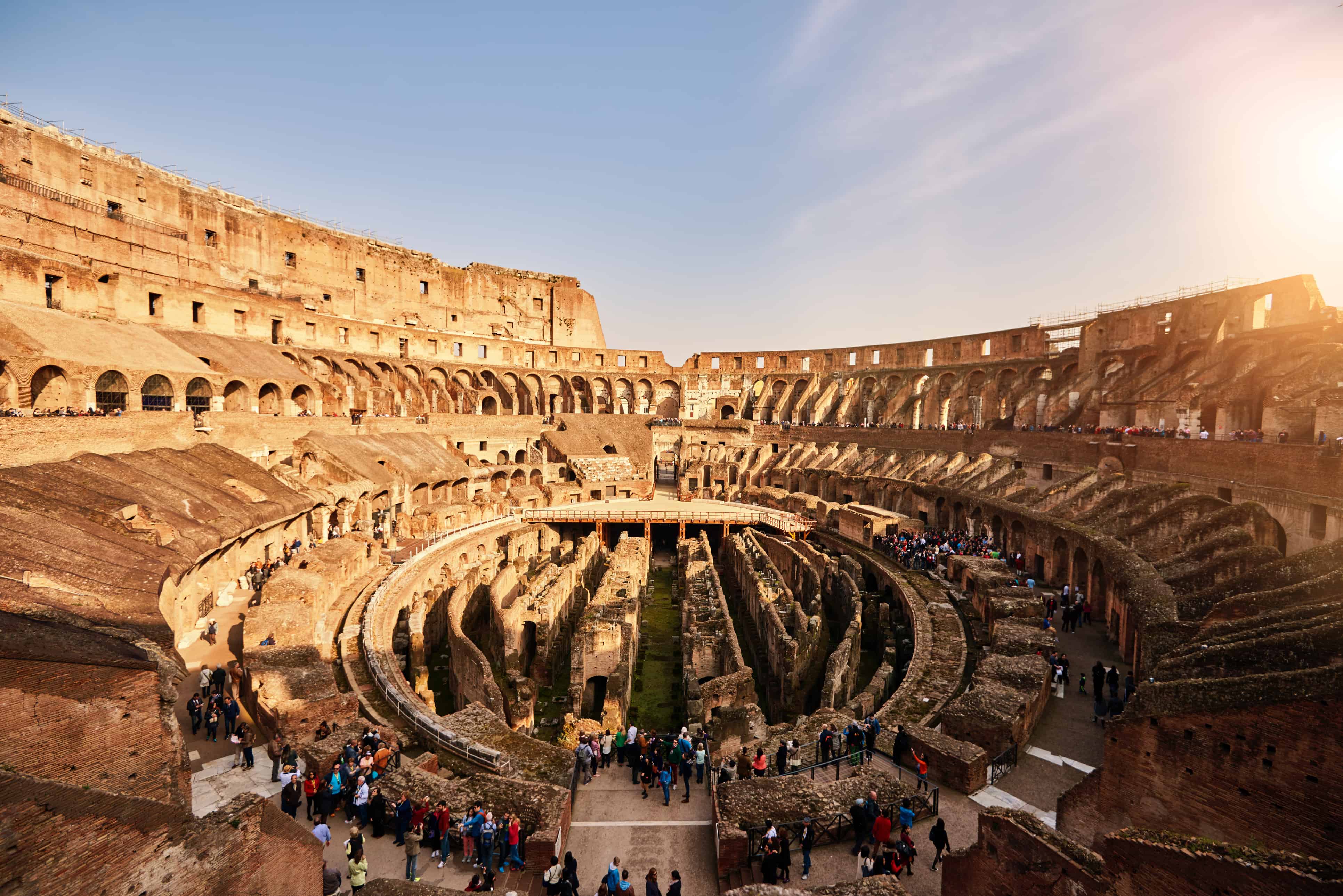
That doesn’t mean that the battles were always bloodless. Emperor Commodus was famous for slaying wild animals in the Colosseum, along with the occasional wounded prisoner or slave. He also holds the dubious distinction of being the first Roman emperor to slaughter a giraffe in combat.
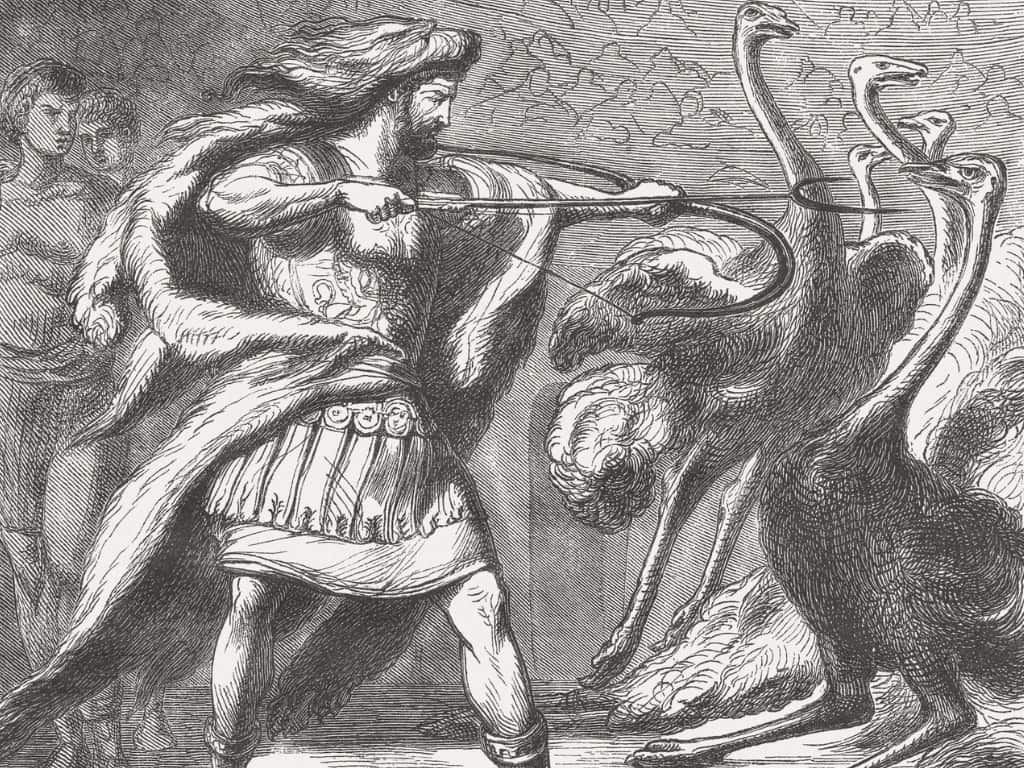
Commodus charged his city 25,000 pieces of silver per appearance, which eventually took a major financial toll on the Roman treasury (he fought in the Colosseum 735 times). Keep that in mind the next time you complain about political corruption: At least our leaders aren’t fighting giraffes and charging us for the privilege.

